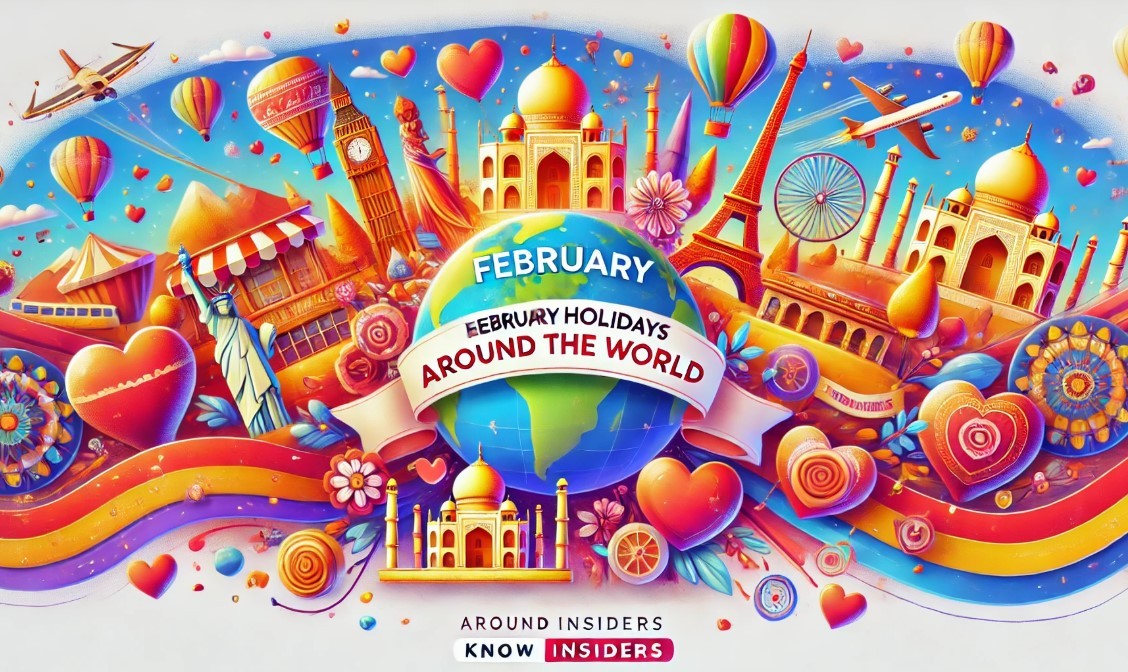International Traffic Light Day: Dates, History and Celebration
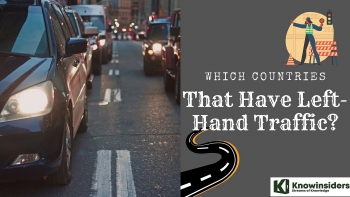 Which Countries That Have Left-Hand Traffic: Top 10 and Full List Which Countries That Have Left-Hand Traffic: Top 10 and Full List |
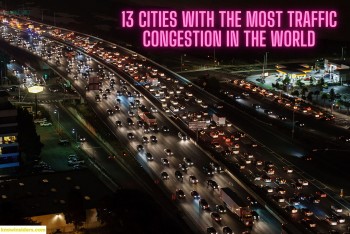 Top 10+ Cities With The Most Traffic Congestion In The World Top 10+ Cities With The Most Traffic Congestion In The World |
Putting in a traffic light usually means more people moving through the area. It would not be safe to drive without these important lights. Also, the flow and speed of traffic would be much slower if there were no traffic lights.
When is International Traffic Light Day?
International Traffic Light Day is held every year on August 5 to bring attention to how important traffic lights are. It's also a day to remember when the first traffic lights were put in place.
On August 5, 1914, the world's first traffic light was turned on. This day is held every year to honor that event.
Learn more: August National Days, World Events and Celebrations Around the World
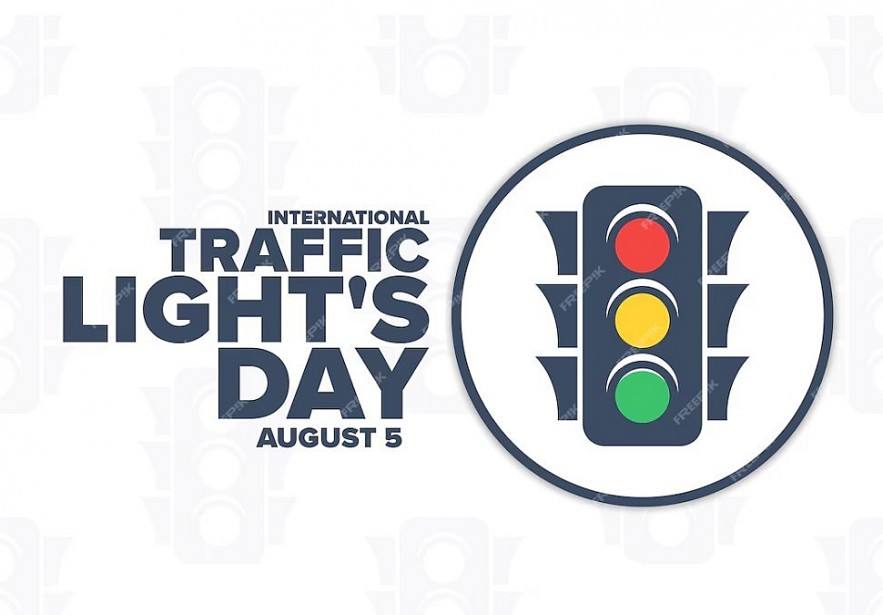 |
| International Traffic Light Day |
History of International Traffic Light Day
Before there were traffic lights, there was a manual version of traffic signaling that was first used in London in 1868. The two signal arms were moved by hand using a lever instead of electricity.
 |
| The Westminster street semaphore, from the Illustrated Times, 16 January 1869. Copyright the British Library Board via the British Newspaper Archive. |
In Salt Lake City, Utah, in 1912, a police officer put a wooden box with red and green lights on a pole.
International Traffic Light Day has been celebrated since August 5, 1914, in Cleveland, Ohio. It marks the day that the first electric traffic signal system was installed in the United States. A police officer from Salt Lake City, Utah, named Lester Wire came up with the idea for the system. On the corner of Euclid Avenue and East 105th Street, the traffic light was put up. There are different opinions on where the first traffic light in the world was.
The first electric traffic light system in Europe was put in place in Berlin, Germany, just ten years after this amazing event in Cleveland.
In its early years, the first traffic light signal only had two colors. But in 1923, the three-color signal light was created, adding the yellow "caution" light. This interesting anniversary is a great time to celebrate on International Traffic Light Day.
Even though there are disagreements, August 5, 1914, has been recognized as the official date of the world's first traffic light. The different types of traffic lights have made it safer for people on foot, bikes, horses, and streetcars to use the roads. Over the years, cities all over the world have seen more and more traffic. When there is more traffic, there are usually more traffic lights. But having more traffic lights doesn't always mean less traffic. The traffic lights don't always work together. Green lights may also be too short or too long.
How to Celebrate International Traffic Light Day
Today is an opportune moment to express appreciation for the advancements of the contemporary era that ensure people's safety and facilitate their progress.
Explore these intriguing concepts to commence your celebration of International Traffic Light Day:
Discuss: Today is a great time for government officials to talk about how well their community's traffic lights keep cars moving. Think about what the world would be like if there were no traffic lights to take part in this day. Teach your kids about how lights work and what each color means. Keep track of how many traffic lights you see on your way home from work.
Appreciate Those Traffic Lights: A lot of people get mad when they have to stop at a red light, but they forget that traffic lights are a great modern invention that makes traffic flow much more smoothly than when every driver had to stop at a stop sign. Today is International Traffic Light Day, so be thankful for the electric traffic lights that make the world a better and safer place.
Make an International Traffic Light Day Playlist: Make a playlist for International Traffic Light Day on Spotify, Apple Music, or another online music service to get into the spirit of the day. Put together a playlist of different songs that make you feel like you're stuck in traffic stopped and going again. To start, take a listen to some of these songs:
Crosstown Traffic by Jimi Hendrix (1968)
Traffic by Stereophonics (1997)
One Headlight by Wallflowers (1996)
Heavy Traffic by Elton John (1988)
In Conclusion
While residents of small towns may not encounter traffic lights in their daily lives, individuals residing in larger towns or metropolitan areas frequently experience significant delays at intersections due to red lights. While encountering red traffic lights can pose a challenge, experiencing the serendipity of catching a green light at the opportune moment can evoke a feeling of joy and triumph.
Celebrate International Traffic Light Day to fully enjoy and appreciate this experience.
FAQs About Traffic Lights
What The World's First Traffic Lights, Where were the world's first traffic lights?
On December 9, 1868, the first traffic lights in the world were put in place outside of the House of Parliament. The machine-like thing in the picture above was put in the northeast corner of Parliament Square, close to where the statue of Winston Churchill is now.
Why we needed traffic signals
For years, horses, carriages, carts, streetcars, and people walking had been able to get through busy intersections. They moved pretty slowly, though, so taking turns and other unofficial driving rules usually worked just fine.
In August 1914, the first electric stop-go lights were put up in Cleveland, Ohio. The first three-color lights were put in Berlin in 1919. In 1922, the first traffic lights that were synced with electricity were put in Houston, Texas.
Why are traffic lights red, amber and green?
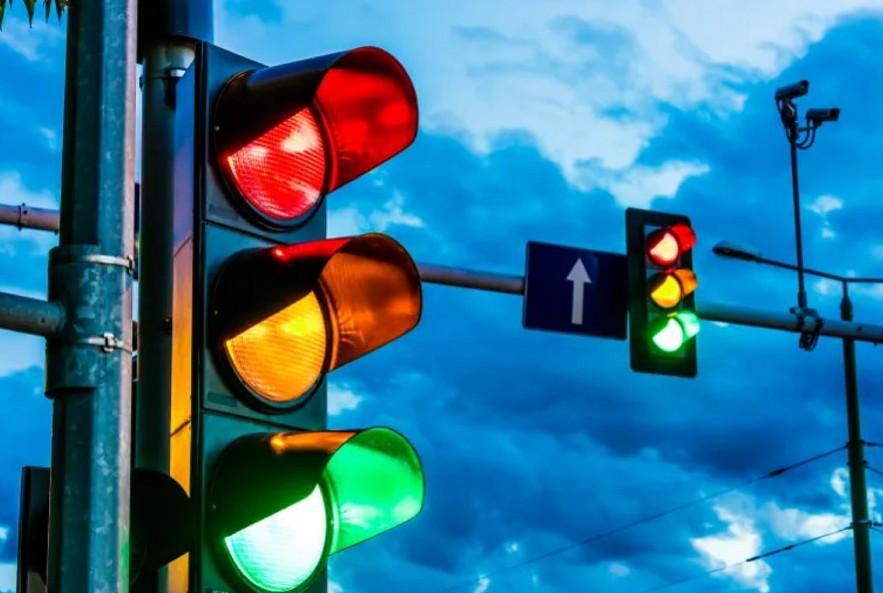 |
| Traffic lights can be set to turn on and off at set times, or they can be connected to sensors that tell the lights to change based on how much traffic there is. |
The first color system used in traffic lights was based on the way ships use lights to find their way.
The red and green lights make it easy for crews on ships coming up behind to see which way the other ship is going. This lighting system helped keep people from hitting each other early, which was especially helpful at night when visibility was low.
In 1921, inventor William Potts brought the three-color traffic light to Detroit. This is when the amber light on modern traffic lights was added.
With this new idea, a yellow "caution" light was added to the red and green signals. This told drivers that the lights were about to change and told them to slow down. In 1921, the first four-way, three-color traffic light was put in at the corner of Woodward Avenue and Fort Street in Detroit. By the mid-1930s, most cities across the country had adopted this standard.
Why do we need a fourth colour now?
People and self-driving cars use different sets of visual cues to figure out how lighting systems work. A single light is better for self-driving cars, while different colors (sometimes flashing to show that a change is coming) work best for people.
For self-driving cars' sake, a fourth light, most likely a white one, would be added. A car that drives itself would see the white light as a message to "keep going unless told otherwise."
The NCSU professor Hajbabaie said, "If the white light is on, you just follow the car in front of you."
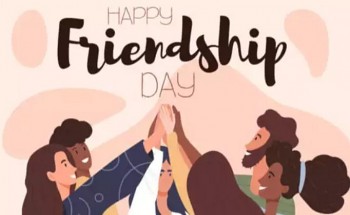 International Friendship Day - Best Wishes, Quotes, Dates, Meaning and Celebrations International Friendship Day - Best Wishes, Quotes, Dates, Meaning and Celebrations International Friendship Day is celebrated every year on August 4 (or July 30, July 20, Feb 14 and more). Here are the top best wishes, ... |
 Girlfriends Day: Meaning, History And Celebration Girlfriends Day: Meaning, History And Celebration National Girlfriends Day is commemorated to promote women worldwide to unite and commemorate their unique friendship bond. |
 International Blues Music Day: Dates, History, Meaning and Celebrations International Blues Music Day: Dates, History, Meaning and Celebrations On International Blues Music Day, people are happy to honor the deep cultural history and soul-stirring sounds of blues music. Today is a special day ... |


